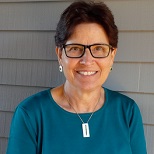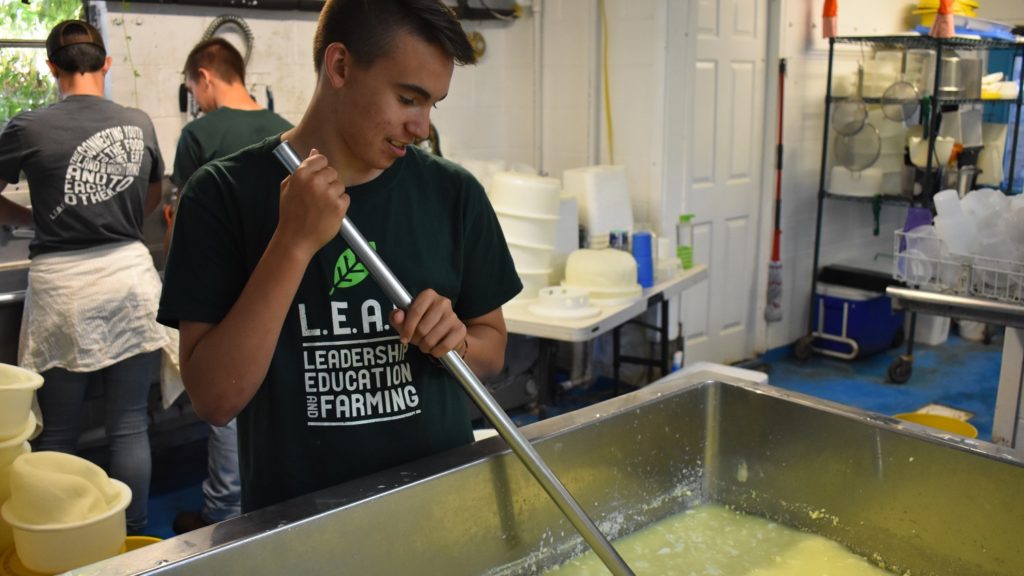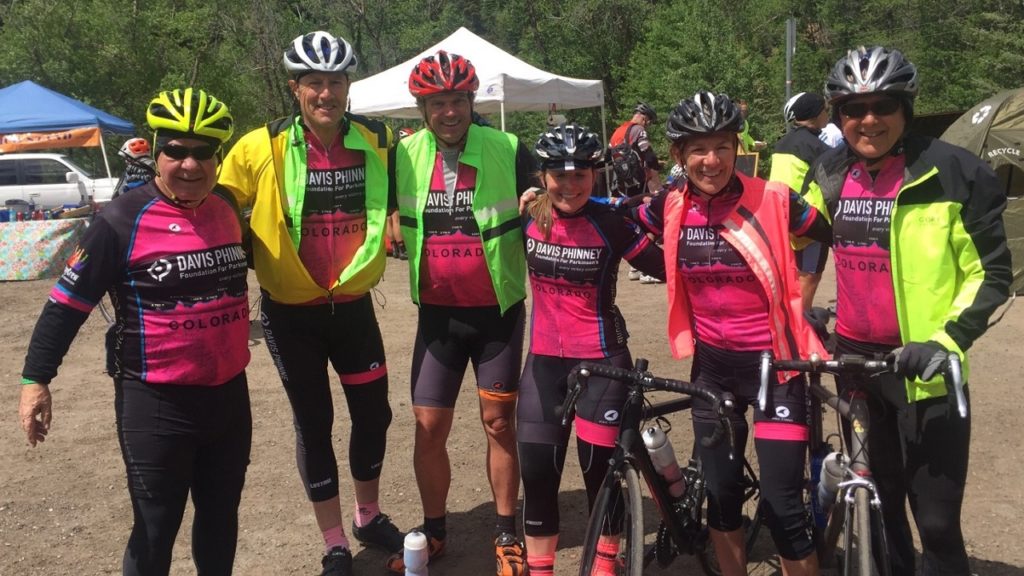Traditional diversity work in the US often centers around civil rights differences. Many times, diversity is seen as a problem to be managed. At The Nature Conservancy, Chief Diversity and Inclusion Officer Heather Wishik has shifted the diversity paradigm from one that is problem-based to one that is opportunity-based, suggesting that differences are opportunities to drive desired results.
The Nature Conservancy (TNC) has a long history when it comes to addressing diversity. In the 1980’s, the global science-led conservation organization began addressing gender equity, developing policies around flexible work options and increased equity in benefits. The following decade saw a second round of work, this time focusing on gender and cultural differences in the workforce, as well as equity for lesbian, gay, bisexual, transgender employees. TNC also began making sure that within North America and externally they were engaging minority populations and indigenous people with appropriate human rights-based approaches.
 In 2010, TNC rearticulated their mission around their conservation framework of Global Challenges, Global Solutions. The executive team felt that in addition to internal operations and workforce, there was a need to pay attention to diversity in TNC’s scientific method as well. In 2012, the executive team, diversity council and external consultants developed an initial strategy. In 2015, they began building the infrastructure by creating the Chief Diversity and Inclusion Officer position and the team and function.
In 2010, TNC rearticulated their mission around their conservation framework of Global Challenges, Global Solutions. The executive team felt that in addition to internal operations and workforce, there was a need to pay attention to diversity in TNC’s scientific method as well. In 2012, the executive team, diversity council and external consultants developed an initial strategy. In 2015, they began building the infrastructure by creating the Chief Diversity and Inclusion Officer position and the team and function.
The diversity work of TNC is comprised of three pillars: workforce diversity and inclusion, equitable conservation, and equitable engagement. Because they are a global organization, when it comes to the workforce, TNC looks at what the relevant diversity is within the location in which they are operating. In the US, TNC is still early on its journey to becoming at least as racially diverse as is the country and according to Wishik, “we are humble about the need, along with our peers among US based “big green” organizations, to move much further on this. To that end, along with our inclusion efforts, we began a “next practice recruitment pilot” this year to transform how we attract and include a wider diversity of talent.” Internationally, the majority of TNC employees come from the countries and regions in which TNC operates. When they look at what the diversity needs are in the international arena, they look at whether or not they have adequate diversity within the relative culture. “So if we are thinking about Colombia,” says Wishik, “where indigenous people are important, maybe we want to make sure that we are hiring more indigenous people because we have mostly Colombians that are from the middle class or European backgrounds.”
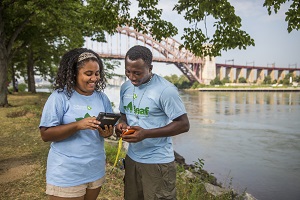
The Conservancy’s LEAF program interns, monitor trees impacted by Hurricane Sandy in New York City. Diversity is an important component of this program. Photo credit: © Karine Aigner for TNC
Gender equity within hiring and within leadership is another area in which TNC is working globally. “How’s your gender equity, and what are you doing in terms of local hiring? Are you developing local leaders or are you putting ex-Pats from the US in those programs to lead them? Those are the questions we ask ourselves,” Wishik adds.
The Nature Conservancy has also been looking at how they conduct themselves as they do their conservation work. Their updated scientific method, Conservation By Design version 2.0, explicitly articulates TNC’s commitment to equity in conservation. Under Conservation By Design 2.0, they have built in the notion that equity and difference are important and relevant to conservation outcomes. They seek traditional knowledge, not just scientific knowledge in their situation analysis. TNC works to provide participation to everyone, making sure that decision-making is shared, and that the benefits and outcomes of the project are culturally appropriate, equitable for both men and women, and to vulnerable populations or marginalized people as well as majority people. Conservation By Design 2.0 builds the lens of difference into TNC’s work with a commitment to equity.
The third pillar of TNC’s diversity work is about partnering and equitable engagement with a wider range of people and communities. As The Nature Conservancy takes a closer look at the intersection of people and nature to drive equitable conservation, they know that they need to be actively working to collaborate with parts of the environmental movement that they haven’t been working closely with. According to Wishik, “this whole notion of who does conservation work needs to expand if we are all going to have the impact we need.” TNC is helping their staff be more culturally competent in order to engage more local, community-based groups in conservation efforts.
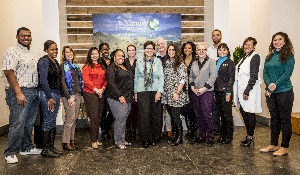
The Nature Conservancy’s Employee Resource Groups are key for the organization to build a more inclusive and diverse culture. Photo credit: © TNC
What really distinguishes The Nature Conservancy right now is their paradigm shift from managing diversity to Leveraging Difference™. Co-developed by Wishik and Dr. Martin N. Davidson, Senior Associate Dean and Professor at the University of Virginia’s Darden School of Business, Leveraging Difference™ suggests that the first step is to see what differences are present and to ask yourself which of these might be relevant to the project or organization. From seeing difference, the second step moves to understanding difference. Understand the difference means asking yourself, ‘so what? How or why do these differences matter?’ Once you have seen and understood the difference and decided it really is relevant, then you can build strategy and shift what you are doing with the engage difference step.
“So that’s the paradigm that we are using,” explains Wishik. “We’re asking, ‘what differences are relevant? What do they mean?’ And, ‘how can we make sure we leverage those to drive the desired results and engage them fully?’ What that does is that it makes the work everybody’s work, because it is strategic. It is not just HR’s work anymore. It’s not just about the workforce, it is about everything you do. Any difference that is relevant matters.”
Paying attention to difference matters in terms of outcomes. Where traditional US diversity work has been centered on civil rights differences, The Nature Conservancy is seeking to understand how those differences as well as many other differences are relevant to conservation, and also to make sure that all of the issues that are relevant are able to be discussed. By understanding the relevance of diversity within every situation, The Nature Conservancy hopes to be able to further diversity, equity and inclusion both internally in their workforce and externally in conservation work and partnerships.
Heather Wishik became The Nature Conservancy’s first Chief Diversity and Inclusion Officer in October of 2015. Before that she was a global diversity and inclusion consultant. Between 2008-2011 she served as Assistant Vice President and Director, Global Diversity and Inclusion, for the TJX Companies, Inc. (TJMaxx, Marshalls and Homegoods stores).
Wishik is co-developer, with Martin N. Davidson, of the Leveraging Difference™ model and co-author of the book about that model, “The End of Diversity as We Know It: How Managing Diversity Efforts Fail and Leveraging Difference Can Succeed,” Berrett Koehler, 2011.
Born in New York City, raised in Pittsburgh, Pennsylvania, Wishik has lived in Amsterdam, The Netherlands and Karachi, Pakistan, She holds a B.A. from Goddard College, a J.D. from University of San Diego School of Law, and an Honours degree in Industrial and Organizational Psychology, as well as a Certificate in Group Process Facilitation, from the University of South Africa.
Sandy Cyr is the Managing Editor for the Philanthropy Journal, and a fan of all things related to the nonprofit sector.



